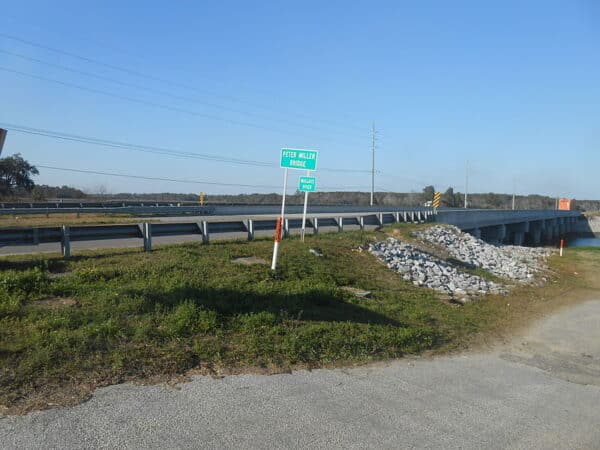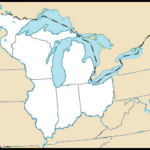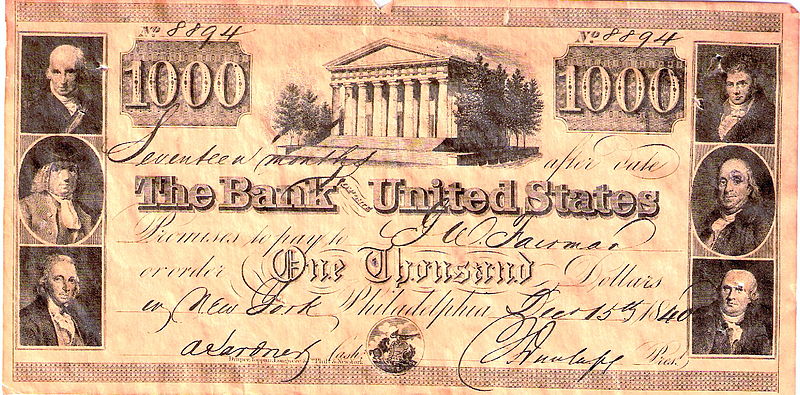The Stono Rebellion was a major slave revolt in the colonial South. To answer Stono Rebellion APUSH questions, you should understand the effect that the rebellion had on slavery in the colonies.

What is the Stono Rebellion?
The Stono Rebellion was the largest slave revolt in the British colonies. On September 9, 1739, a group of about 20 South Carolina slaves assembled and marched to a firearms store. There, they killed the shopkeepers and armed themselves. Their intention was to escape to Spanish-controlled Florida, where it was rumored they would be granted freedom and lands. On their way, they added to their numbers, gathering a force of around 100 slaves. They marched through town, killing nearly any whites they came across, which totaled 40-50 by the end. The group was met and put down by the South Carolina militia. Most of the rebels not killed in the ensuing battle were captured and soon executed.
Important years to note for the Stono Rebellion:
- 1739: Stono Rebellion
- 1740: Passage of the Negro Act
Why is the Stono Rebellion so important?
The slave revolt was unsuccessful, and it ended up making things worse for slaves in the colony. In response to the uprising, South Carolina soon passed the Negro Act of 1740. This further restricted slaves’ activities, including their ability to assemble, grow their own food, earn any money, or learn to read. It also made it harder for slave-owners to free their slaves (called manumission) by requiring government approval for each grant of freedom. The government believed that the presence of free blacks in the colony would make slaves more restless and likely to rebel.
In some ways, however, the rebellion had positive effects. While additional restrictions were placed on slaves, the government also passed laws about masters’ treatment of their slaves, believing that cruelty led to the revolt. Masters were prohibited from demanding excessive labor or using brutal methods of punishment. These measures were very difficult to enforce, however, since slaves had no legal right to testify against whites.
What are some historical people related to the Stono Rebellion?
Jemmy: slave who led the Stono Rebellion (also referred to as “Cato” in some accounts)
What example question about the Stono Rebellion might come up on the APUSH exam?
“On the Ninth of September last at night, a great number of Negroes arose in rebellion, broke open a store where they got arms killed twenty one white persons and were marching in a daring manner out of the province, killing all they met and burning the houses on the road through which they passed… I met these rebels at eleven o’clock in the forenoon so that I fortunately discerned the danger time enough to avoid it and to give notice to the Militia who on the occasion behaved with so much expedition and bravery as by four o’clock the same day to come up with them, and killed and took so many as put a stop to any further mischief at that time.”
-Description of the Stono Rebellion by Governor Bull to the Royal Council, 1739 (Source)
The Stono Rebellion changed slavery in colonial America primarily by
A) increasing support for abolition throughout the northeast.
B) resulting in tighter government control over the activities of both slaves and masters.
C) growing the African slave trade and increasing the number of colonial slaves.
D) making it easier for slaves to earn their freedom, increasing the proportion of free blacks.
Answer:
The correct answer is (B). The Stono Rebellion was put down quickly, but not before loss of life on both sides. The revolt was large enough to gain government attention. The colonial government in South Carolina responded by placing more restrictions on slaves’ activities, as well as attempting to curb excessively cruel treatment of slaves by their masters in an attempt to prevent future uprisings.





Leave a Reply